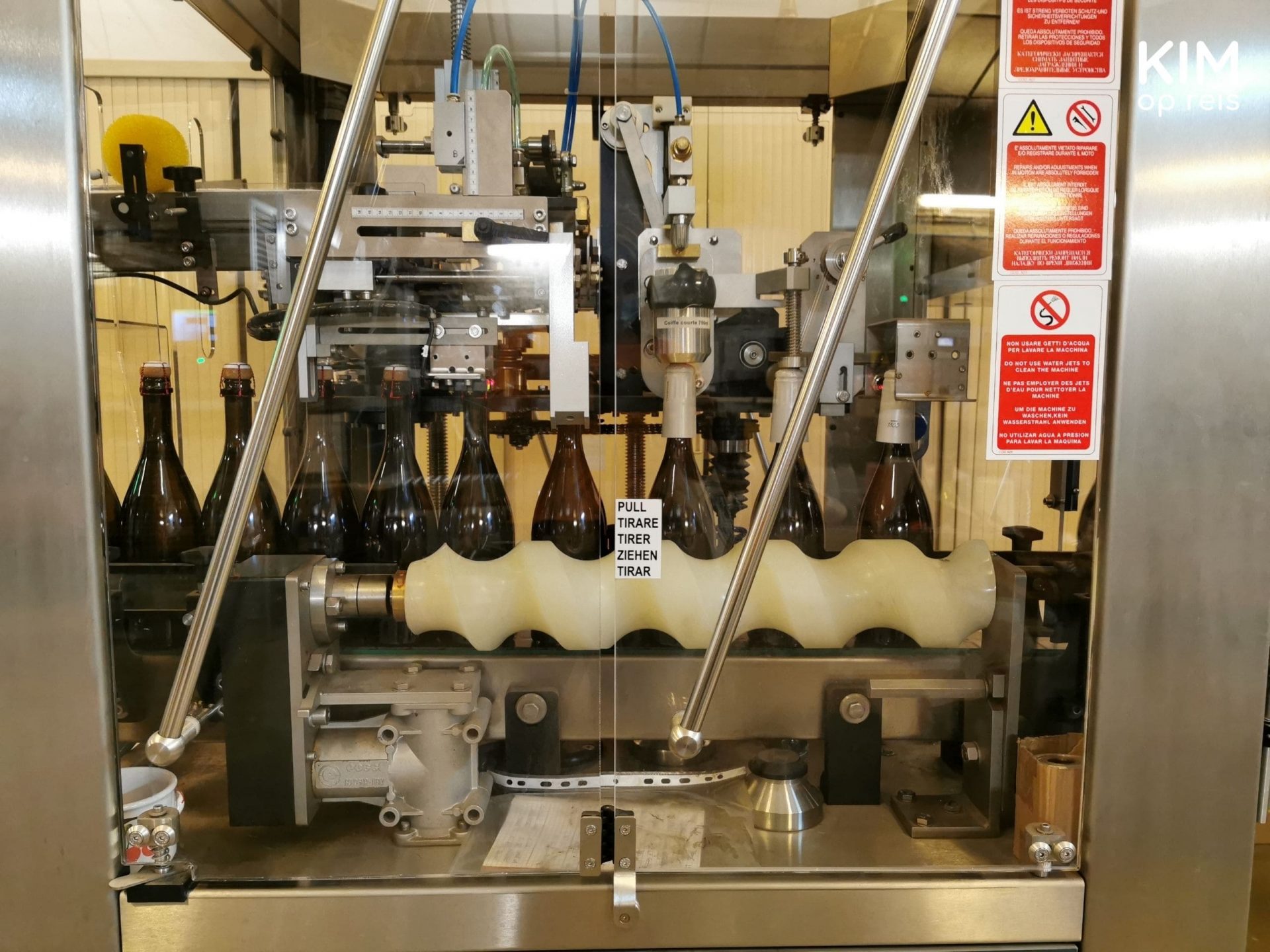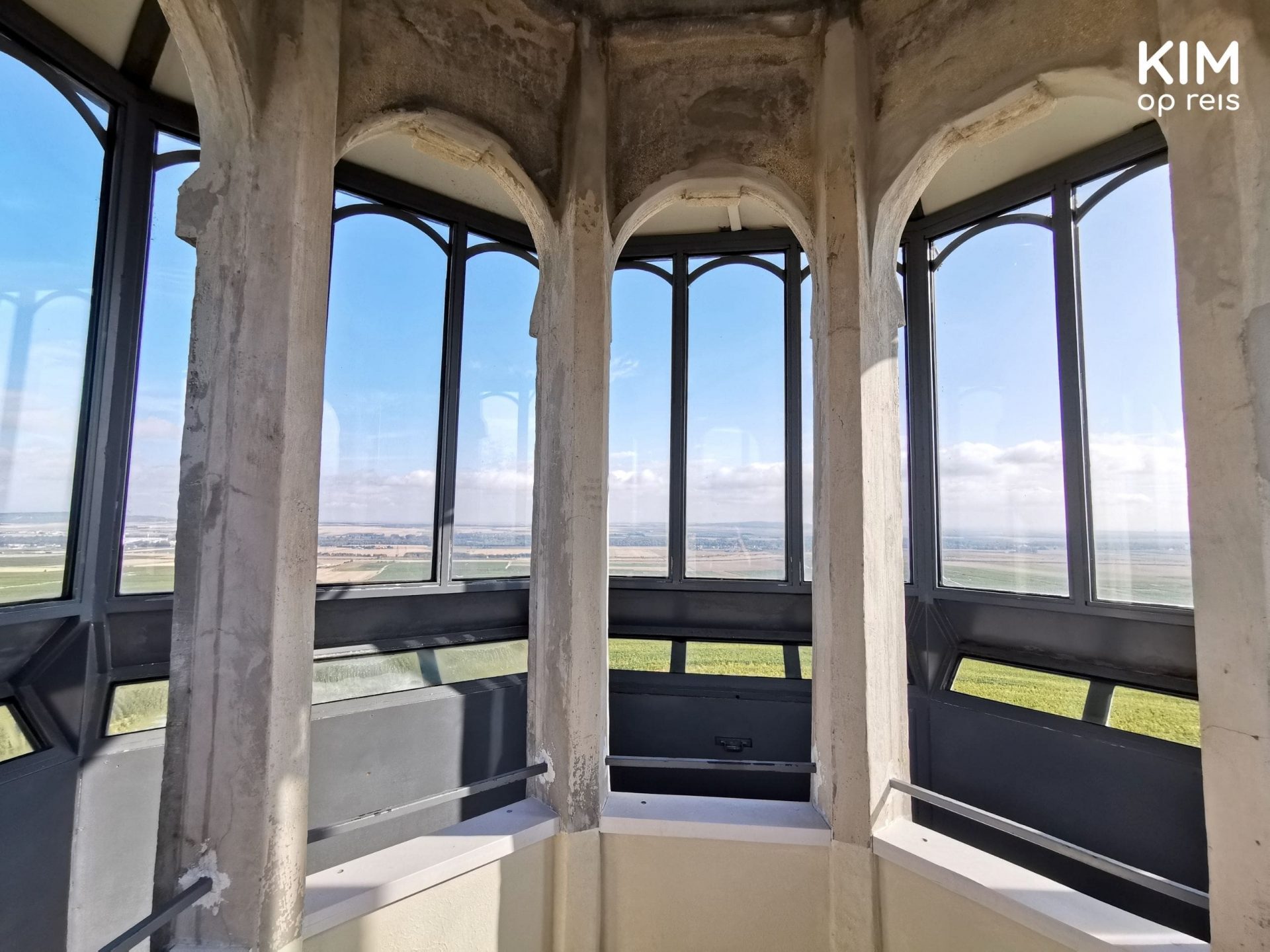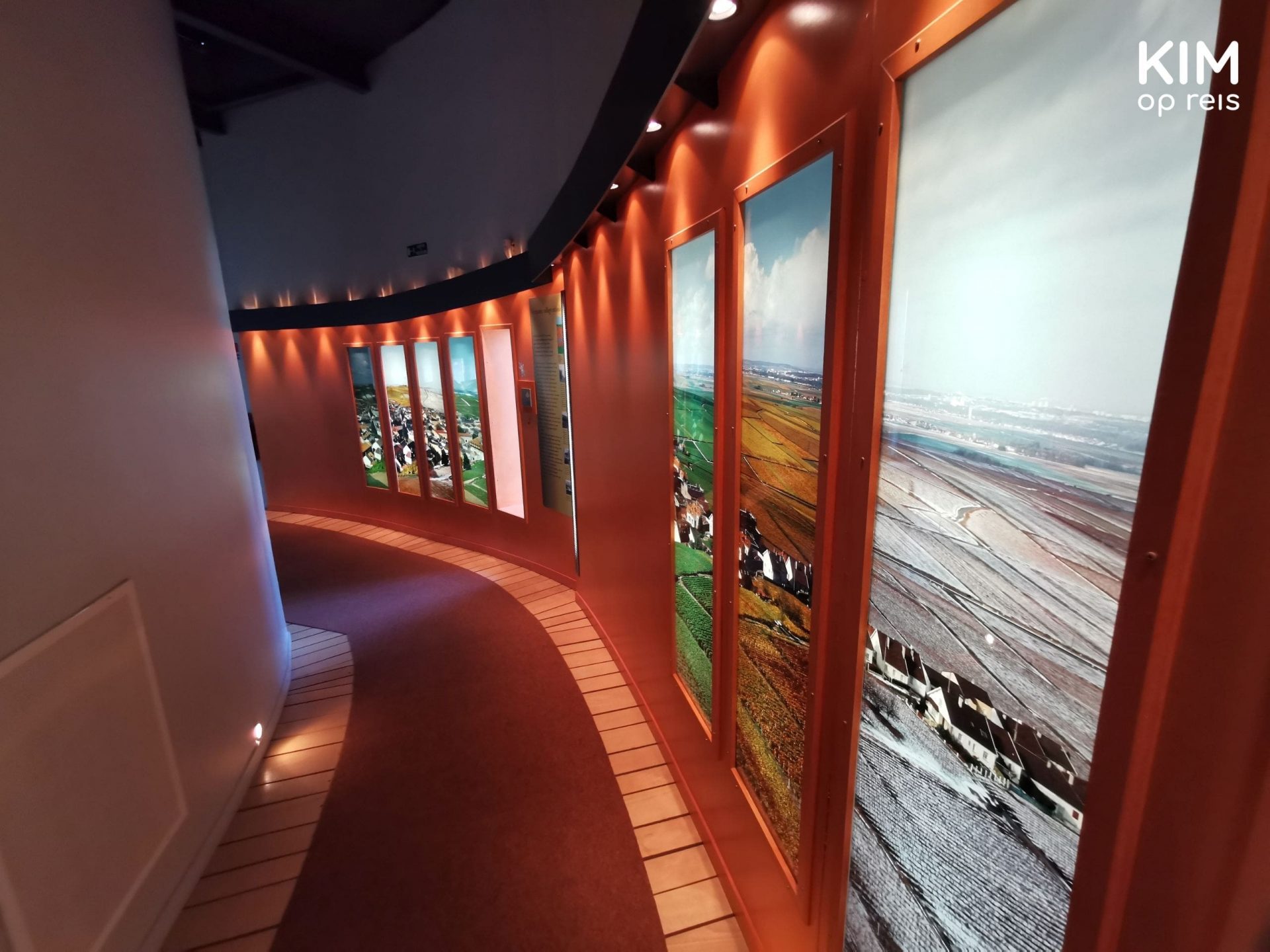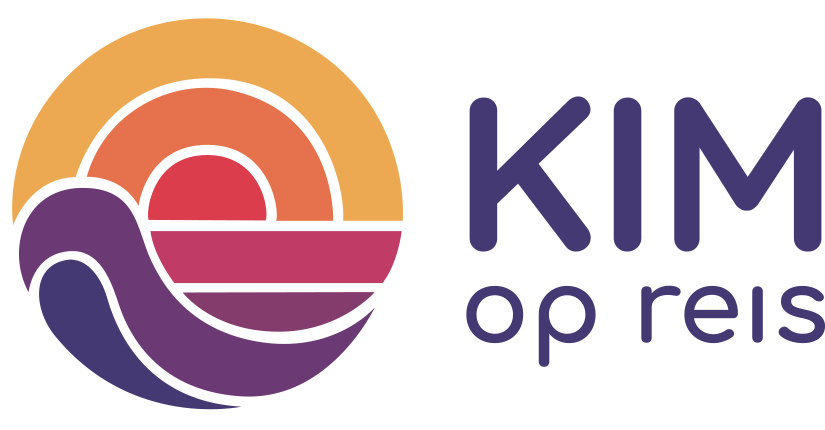This post is also available in:
![]()
Latest update: 8 June 2023
The Champagne region is bubbling, and how! Immerse yourself completely in champagne, learn all about it, taste as much as you can, and enjoy. On y va to the Champagne region in France!
Visiting the Champagne region: decision making
You can roughly divide the Champagne region in France into two parts. In the North you have Reims, Epernay and Châlons-en-Champagne, and the south has Troyes, Bar-sur-Aube, Bar-sur-Seine, and Mussy-sur-Seine. The best time to travel to the Champagne region is between April and mid-October. The harvest takes place in September and is accompanied by all kinds of events. I spend a few wonderful days in the north of the Champagne region at the end of September. It’s a mini road trip that tastes like more (and like champagne).
The discovery of champagne
Only sparkling wine made in the Champagne region can be called champagne. Winemakers worldwide may make sparkling wine in the same way (the méthode champenoise), but they should never call it champagne. The French monk Dom Pérignon probably developed the method as early as 1697 – although the English claim to have discovered it 30 years earlier. But, of course, the French don’t care about that.

Visiting Champagne houses
In the Champagne region, you will find the most famous champagne houses in the world: Moët & Chandon, Veuve Cliquot, and Taittinger, for example. But there are also a lot of small-scale champagne houses.
It is wise to book a champagne tour or champagne tasting in advance to avoid disappointment. You can book online at the larger champagne houses. But if you follow a champagne route, there are also plenty of options to knock on the door somewhere.
Because there is only one method to make champagne, in theory, one champagne tour is enough. But in reality, it is much more fun to do at least one or two more tours. The guides differ, and there are certainly differences between the champagne houses. Just think of to what extent things are automated, the history of the champagne house, and of course the taste: taste them all, I’d say!
How do you choose a champagne house?
If, like me, you’re a newbie to the world of champagne, choosing a champagne house (there are over 300!) to visit is quite confusing and overwhelming. What on earth should you base your choice on? It’s for sure impossible to find the smaller champagne houses online, especially if your French is as non-existent as mine.

So what now? I always find it reassuring to know that I have already reserved something. Especially since you probably won’t spend weeks in the Champagne region but will likely only be there for a few days. You don’t want to accidentally miss out. So, a little planning for your Champagne region visit can’t hurt.
Five things to watch out for:
- Which champagne do you already know? It might be nice to at least visit that champagne house.
- Which places do you visit? Are you going to Reims, Épernay, or… And which champagne houses can you find there?
- If you visit a large, well-known champagne house, it is nice to also look up a lesser-known and smaller one.
- On which days and times can you do a tour or tasting.
- Price.
Start your search with these champagne houses in Reims and Épernay. This is not a complete list, but it’s a start! And I love the website of Rue des Vignerons to explore more champagne houses.
Champagne Houses in Reims
- Mumm
- Pommery
- Taittinger (also possible with a visit to the vineyards, which you can book here)
- Veuve Cliquot
- Charles de Cazanove
- Lanson
- G.H Martel
- Ruinart
Champagne houses in Épernay
I booked tours online with G.H. Mumm in Reims and Vollereaux in Pierry (right next to Épernay). And the owner of my accommodation in Épernay arranged a visit to Vincent D’Astrée on the spot, also in Pierry. The champagne of Vollereaux is my favorite: I’ve already returned several times to buy some more.
Champagne tour at champagne house G.H. Mumm
At G.H. Mumm, I’m getting a champagne crash course. All important concepts are covered: cru, vintage, blanc de blanc, blanc de noir, and more. The crux refers to the village where the grapes grow, and it says something about the quality. Lesson learned: it is not the Premier Cru that is the best champagne, but the Grand Cru. Then you also have vintage and non-vintage champagnes. Vintage champagne is made from grapes from the same year, which is only possible if the harvest is outstanding. Otherwise, a mix is made of grapes from several years: non-vintage. Quite a glossary, huh?



Champagne grapes are Chardonnay, Pinot Noir, and Pinot Meunier. Usually, all three are used. If it’s just Chardonnay, it’s called blanc de blanc because the champagne is made from only white grapes. The Pinot Noir and Pinot Meunier are black (or blue) grapes, and if only those grapes are used, the champagne is a blanc de noir. The more champagne you taste, the better you know which grape and grape combination you like best. A Chardonnay fan here!
The tour at G.H. Mumm is a well-oiled machine, and I’m glad I did this one first because it really is a crash course. We go through the entire production process from start to finish in the huge limestone cellars (25 km!) of the champagne house. So fantastic in terms of information value, less so in terms of personal approach.



- Guided tour of 1.5 hours
- 1 glass of champagne
- € 28
- Reims
Champagne tour at champagne house Vollereaux
Having never heard of Vollereaux, I expected a small champagne house. But Vollereaux is still relatively large. My best friend and I were fortunate as we were the only people on the tour. Together with the guide, we walked through the champagne house, and where we spent most of our time at G.H. Mumm in the cellars, it was nice to see a bit more of the production process here.
At Vollereaux, a lot is automated. Very cool to see the machines at work and to see how the méthode champenoise has been modernized. Champagne bottles, for example, should be turned regularly so that the sediment slowly moves to the top of the bottle and is then removed. This is still often done manually by remuers, real champagne bottle-turning specialists. What a profession, huh? A professional remuer turns about 40,000 bottles a day and does that for several champagne houses. At Vollereaux, this turning is now automated for most bottles.




Vollereaux is a family business and mainly makes champagne with Chardonnay. Lucky me! So I take a box home. By the way, I’m surprised by the price of a bottle at all champagne houses. It’s pretty affordable. For € 20 – € 25 per bottle, you can already take home delicious champagne.



- One hour tour
- 3 glasses of champagne
- €17
- Pierry (near Épernay)
Champagne tour at Champagne House Vincent D’Astrée
Not far from Vollereaux is the Vincent D’Astrée champagne house. This was a fluke: our studio owner in Épernay asked us if we would like to visit a champagne house. Nicolas designed the champagne labels for them and loves to send people to check out the place. Because the studio is fantastically decorated, we decided to take a chance and trust him.
And what fun it was! This was also a private tour. Because we already knew quite a bit about the production process, we were able to ask this guide about things we didn’t fully understand yet. Then, of course, we got a tour of the site, and this was something different. Vincent D’Astrée is a cooperative: grapes from all different parcels come together here but remain strictly separated. The tanks can be cleverly sealed to ripen crops from several farmers simultaneously in the same tank without contacting each other. They also still use the concrete tanks at Vincent D’Astrée precisely because they are small enough to harvest a single plot. Vollereaux and Mumm have just moved away from the concrete tanks.





At Vincent D’Astrée, we mainly tasted a lot of champagne. The guide put champagnes with different characteristics next to each other to really taste the difference. Oak and no oak (where you don’t taste oak at all, but cookies, butter, or vanilla), more or less sugar, vintage versus non-vintage. And, of course, we admired Nicolas’ labels. The labels and the names of the champagnes refer to celestial bodies. Why? In order not to get into trouble with the cooperative members, because you can, of course, not use the name of one champagne farmer and not another. So something neutral was needed. An additional advantage of arriving at a champagne house via people you (just) know: free tour and discount on the champagne. So I load up some more bottles to take home, again.
And this is the fine studio of Nicolas, by the way.
Road trip through the Champagne region: the best champagne routes
You simply drive the Route Touristique du Champagne with your own car (it is only about a five-hour drive from Utrecht), or you fly to Paris, for example, and then rent a car from Sunny Cars or EasyTerra. Almost 700 kilometers of champagne route are waiting for you. Fortunately, you can also follow parts of the Route Touristique du Champagne. Leave it to chance, or prepare the routes with these sound clips.
I opt for a mini road trip between Reims and Épernay, with many stops in between. This is the route. You can, of course, stop wherever you want; these are the highlights.


Great stops on the champagne route
Reims in the Champagne region
Reims is the larger city with just enough things to do to leave enough time for extensive lunches, long terrace sessions, and sipping champagne. So I wrote a separate blog about Reims: check all Reims tips.
Le Phare in Verzenay
Le Phare is an old lighthouse with a view over the vineyards and a small museum about champagne and the lighthouse. I thought it was worth it! You can also have a glass of champagne here for only € 5, but that is mainly nice on sunny days.





Perching bar in Verzy
In the woods of Verzy lies the Perching bar. A champagne bar with a fantastic view but less fantastic reviews. You pay € 21 for entrance and for that you get a glass of champagne. The price and the reviews (many people complain about the service) make me skip this one.
Faux de Verzy in Verzy
In Verzy, there is a beautiful forest with strangely curved trees; they are crooked beech trees. Unfortunately, they are not visible from the highway, so you have to walk to admire them. It’ll take you about an hour. The path is well-paved and easily accessible. A fence often protects the crooked beech trees because people tend to climb on the trees, but unfortunately, they are not resistant to that.




Guillon Distillery in Louvois
There is actually a whiskey distillery in the Champagne region. According to one of our champagne guides, the whiskey is pretty bad, but the tour is fun to do. And maybe a nice break from the bubbles?
Hautvillers in the Champagne region
Hautvillers is a quiet, fairytale-like village where you can wander around. There is a creative sign on almost every house. Dom Perignon is closely associated with the town. You can, for example, find his tombstone in the church.








Definitely go to Au 36 when you’re in Hautvillers: a small restaurant where you can order a tasting of local dishes and, obviously, a champagne tasting. I highly recommend it because this way, you can clearly taste the difference between the three champagne grapes.





Épernay in the Champagne region
Épernay is a lot smaller than Reims and has far fewer attractions than Reims, but there is no shortage of champagne houses. The town has therefore called itself the champagne capital. Curious about what there is to experience? Check out the tips for Épernay.
Châlons-en-Champagne in the Champagne region
Even smaller but nonetheless charming is Châlons-en-Champagne. Here it is mainly a matter of strolling through the town, grabbing a drink and bite, soaking up the greenery of the parks, and maybe taking a boat trip. Read all about Chálons-en-Champagne.
Affordable overnight stays in the Champagne region
I’ve been to the Champagne area a few times now and slept in Reims, Troyes, Châlons-en-Champagne, and Épernay. In Reims, I chose an Airbnb within walking distance of the center. It is a new apartment and fully equipped. It is located just behind a main street, but it is still quiet and peaceful. Parking is nearby, and it’s a short walk to theboulangerie for your morning croissant. Book this apartment on Airbnb.



I booked Nicolas’ apartment in Épernay through Booking.com. It is a stylish studio with lovely details and many homemade elements. The bedhead is made of champagne racks, and Nicolas also made the coat rack himself. We are pretty much the first guests in the studio. It is spacious enough for one or two nights. It is located on a busy street where there is quite a lot of traffic in the morning. If you are a light sleeper, it may not be the best option for you. You can book here.



In Châlons-en-Champagne I stayed in a spacious apartment in the center. Le République has a modern interior and is located directly on the large square where you will find all the outdoor cafes. It didn’t bother me at all, because you sleep on the other side of the appartment. There is a large kitchen and a huge screen for an evening of Netflix. Book at Booking.com.


And also in Troyes, I have an accommodation tip for you: Chez Isaac. Troyes is known for its beautiful half-timbered houses, and you can also spend the night there. Nice to experience such a house from the inside and you are right in the city center. You can book Chez Isaac on Airbnb.



More inspiration for travel in France?

Helpful links for your France trip
- Accommodation. All-time favorites: Booking.com and Campspace for unique camping spots. Rather stay in a hostel? Check out Hostelworld.
- Activities. You book the best tours and activities with GetYourGuide and Viator. You can find other good options at WithLocals. Check out Freetour and GuruWalk for ‘free’ walking tours, and for bike tours, try Baja Bikes. If you’re into wine: check out all the wine-related activities at Rue des Vignerons.
- Attractions and museums. Book museum and attraction tickets with Tiqets and get a 5% discount with this code: KIMOPREIS22.
- Car rental. My go-to car rental companies are EasyTerra and Sunny Cars as they have all-inclusive / worry-free offers. Want to compare more prices? Check out Discover Cars.
- Flights. Be sure to check out Transavia, but do compare all your options! Definitely check out Momondo, Skyscanner, and Kiwi.
- Money. Your debit and credit cards may not get accepted everywhere. You could opt for a Revolut card as an additional card when you travel.
- Package deals. Rather go on a catered trip? You have many options! For the Dutch, try ANWB vakanties or Sawadee, or maybe you can find a sweet deal at TUI, Sunweb, D-reizen, or Vakantie Discounter?
- SIM card. Beware of unexpectedly high calling and internet costs. Buy a local SIM card when you arrive, or arrange one online via Airalo.
- Train and bus. Travel by train to France with NS International or FlixBus, or find deals on trains and busses in France via Busbud, Omio, or 12Go.
- Travel gear. Buy your gear at Bever or Decathlon, or simply at Bol.com.
- Travel guides. I love the practical travel guides from Lonely Planet, buy them at Bol.com or Amazon.
- Yoga retreat. And what about a yoga retreat in France?
Some of the links on this site are affiliate links. If you buy something through these links, I might receive a small commission.

